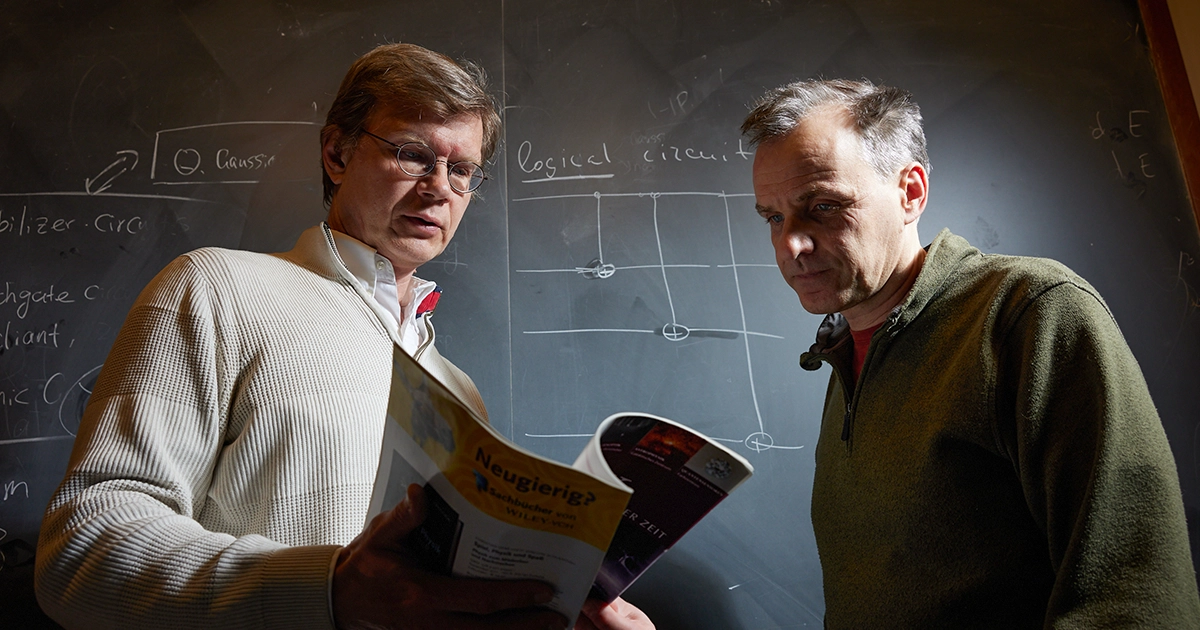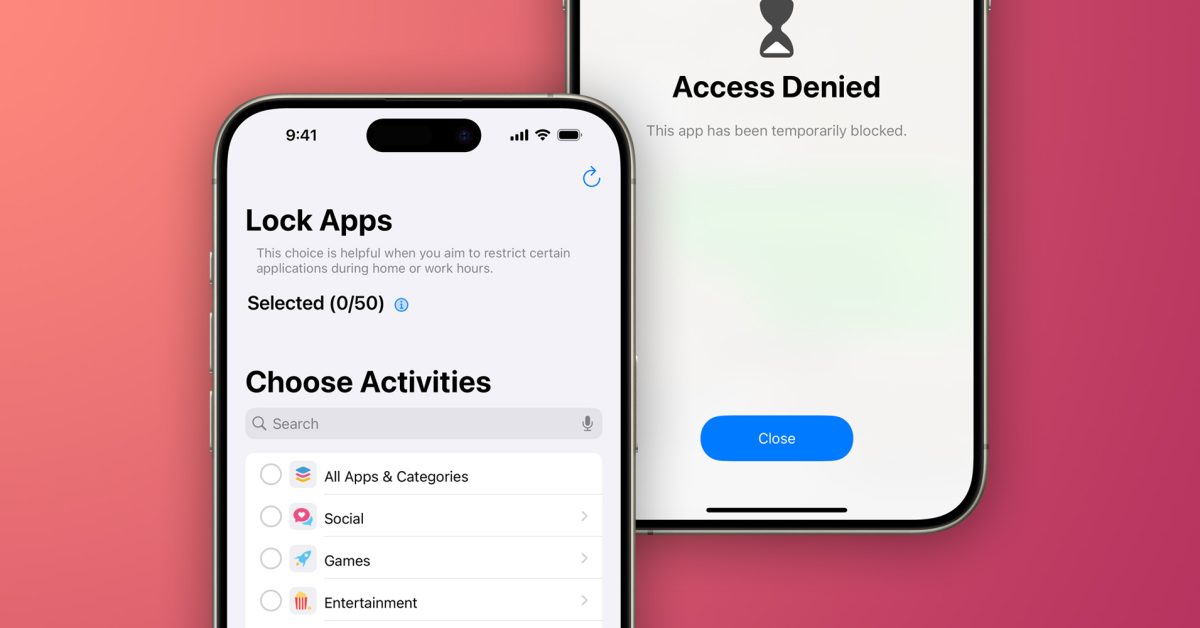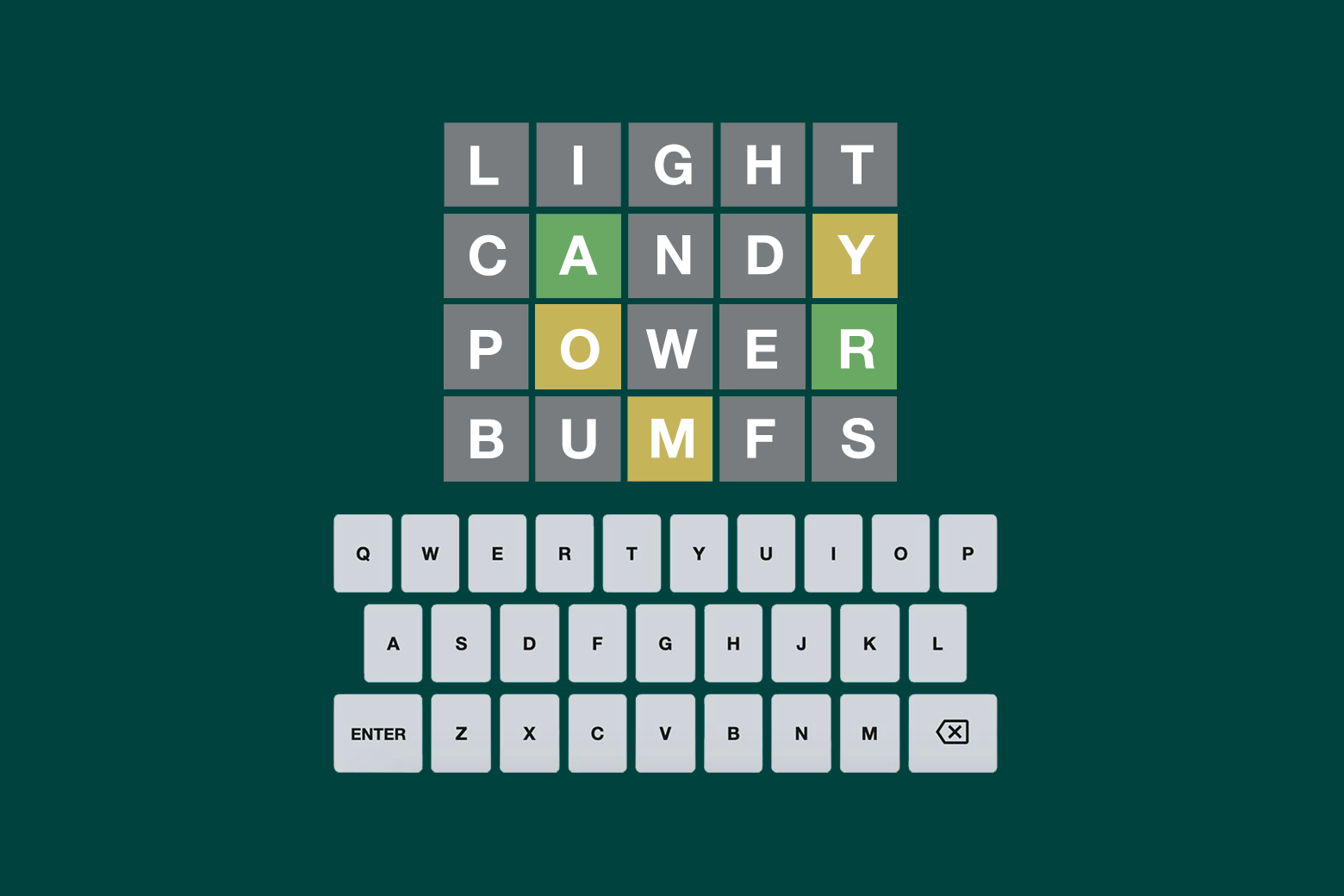Lukin’s lab at Harvard has been among those leading the way. In December, he and his colleagues reported that they created programmable quantum circuits with hundreds of neutral-atom qubits and had performed quantum computations and error correction with them. And this month, a team at the California Institute of Technology reported that they made an array of 6,100 atomic qubits. Such results are increasingly winning converts to this approach.
“Ten years ago I would not have included these [neutral-atom] methods if I were hedging bets on the future of quantum computing,” said Andrew Steane, a quantum information theorist at the University of Oxford. “That would have been a mistake.”
Battle of Qubits
A key issue in the contest between qubit types is how long each kind of qubit can maintain its superposition before it is altered by some random (for example, thermal) fluctuation. For superconducting qubits like IBM’s and Google’s, this “coherence time” is typically around a millisecond at best. All steps of a quantum computation must happen within that time frame.
One advantage of encoding information in the states of individual atoms is that their coherence times are typically far longer. Moreover, unlike superconducting circuits, atoms of a given type are all identical, so bespoke control systems aren’t needed to input and manipulate subtly different quantum states.
And whereas the wiring used to link up superconducting qubits into quantum circuits can become horribly complicated — more so as the system scales up — no wiring is needed in the case of atoms. All the entangling is done using laser light.
This benefit initially presented a challenge. There’s a well-developed technology for carving out complicated microelectronic circuitry and wires, and one probable reason IBM and Google invested initially in superconducting qubits is not because these were obviously the best but because they required the kind of circuitry such companies are used to, said Stuart Adams, a physicist at Durham University in the United Kingdom who works on neutral-atom quantum computing. “Laser-based atom optics looked totally unfamiliar to them. All the engineering is completely different.”
Qubits made of electrically charged atoms — known as ions — can also be controlled with light, and ions were long regarded as better qubit candidates than neutral atoms. Because of their charge, ions are relatively easy to trap in electric fields. Researchers have created ion traps by suspending the ions in a tiny vacuum cavity at ultralow temperatures (to avoid thermal jiggling) while laser beams switch them between different energy states to manipulate the information. Ion-trap quantum computers with dozens of qubits have now been demonstrated, and several startups are developing the technology for commercialization. “So far, the system with the highest performance in terms of fidelity, control and coherence has been trapped ions,” Saffman said.
Trapping neutral atoms is harder because there’s no charge to hold onto. Instead, the atoms are immobilized within fields of intense light created by laser beams, called optical tweezers. The atoms typically prefer to sit where the light field is most intense.
And there’s a problem with ions: They all have an electric charge of the same sign. That means the qubits repel one another. Jamming a lot of them into the same small space gets harder the more ions there are. With neutral atoms, there’s no such tension. This, researchers say, makes neutral-atom qubits much more scalable.
What’s more, trapped ions are arranged in a row (or, recently, a looping “racetrack”). This configuration makes it difficult to entangle one ion qubit with another that’s, say, 20 places along the row. “Ion traps are inherently one-dimensional,” Adams said. “You have to arrange them in a line, and it’s very hard to see how you get up to a thousand qubits that way.”
Neutral-atom arrays can be a two-dimensional grid, which is much easier to scale up. “You can put a lot in the same system, and they don’t interact when you don’t want them to,” Saffman said. His group and others have trapped over 1,000 neutral atoms this way. “We believe we can pack tens or even hundreds of thousands in a centimeter-scale device,” he said.
Indeed, in their recent work, the team at Caltech created an optical-tweezer array of about 6,100 neutral cesium atoms, although they haven’t yet performed any quantum computations with them. These qubits also had coherence times of a whopping 12.6 seconds, a record so far for this qubit type.
The Rydberg Blockade
For two or more qubits to become entangled, they need to interact with one another. Neutral atoms “feel” one another’s presence via so-called van der Waals forces, which arise from the way one atom responds to fluctuations in the cloud of electrons in another atom nearby. But these feeble forces are felt only when atoms are extremely close together. Manipulating normal atoms to the required precision using light fields just can’t be done.
As Lukin and his colleagues pointed out in their original proposal back in 2000, the interaction distance can be dramatically increased if we boost the size of the atoms themselves. The more energy an electron has, the further it tends to roam from the atomic nucleus. If a laser is used to pump up an electron into an energy state far greater than those usually found in atoms — called a Rydberg state after the Swedish physicist Johannes Rydberg, who in the 1880s studied the way atoms emit light at discrete wavelengths — the electron can roam thousands of times farther out from the nucleus than usual.
This boost in size enables two atoms held several micrometers apart — perfectly feasible in optical traps — to interact.




